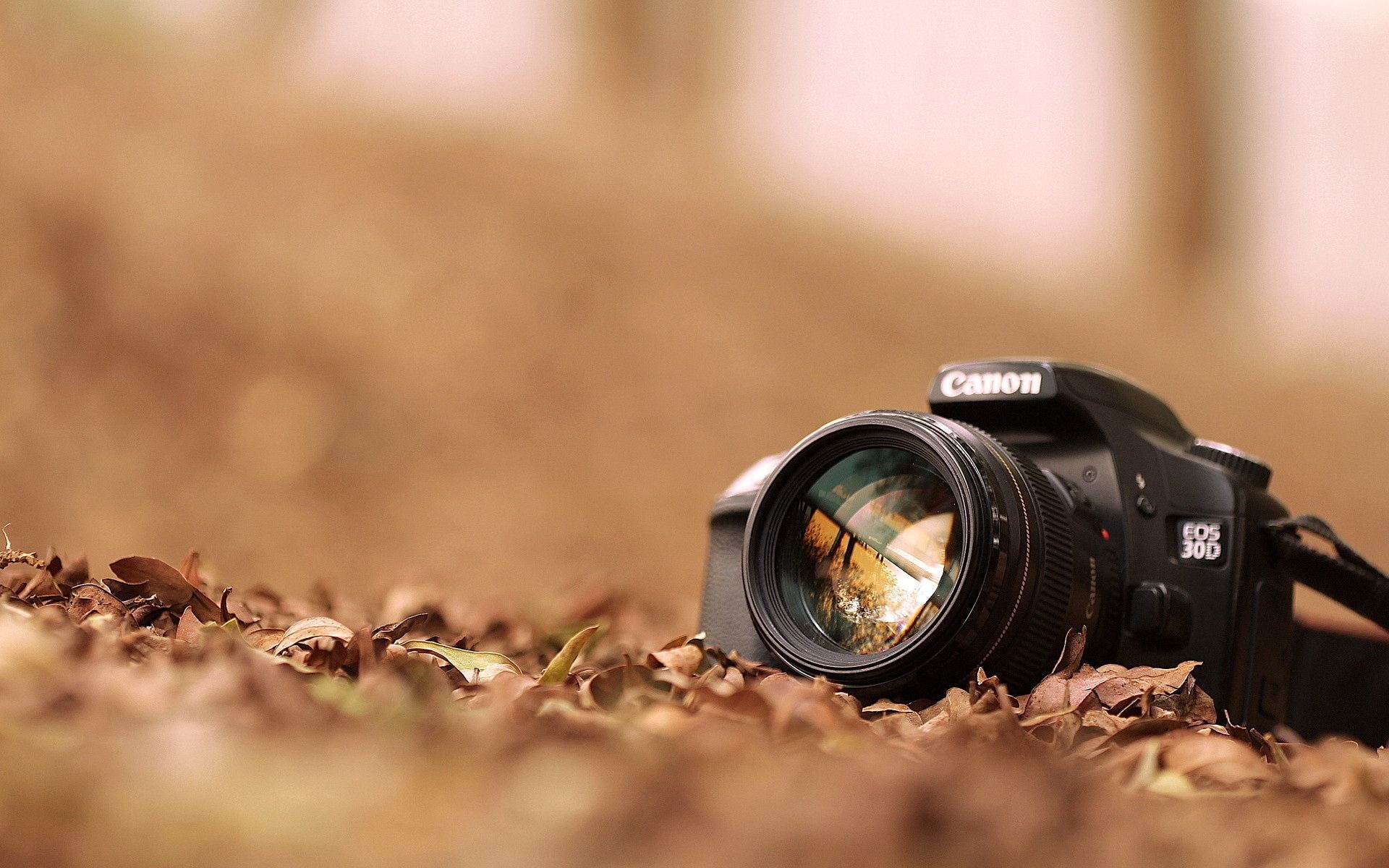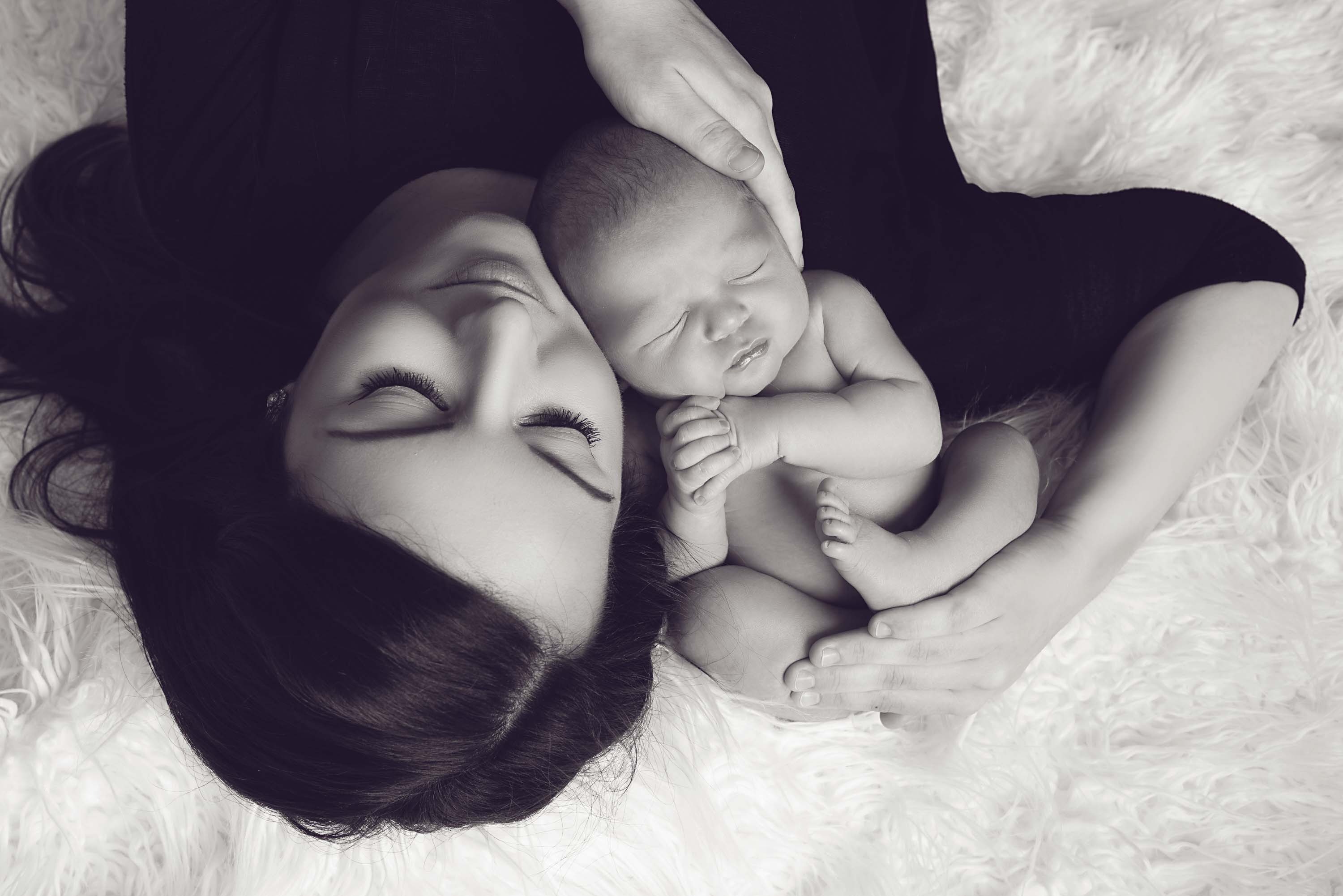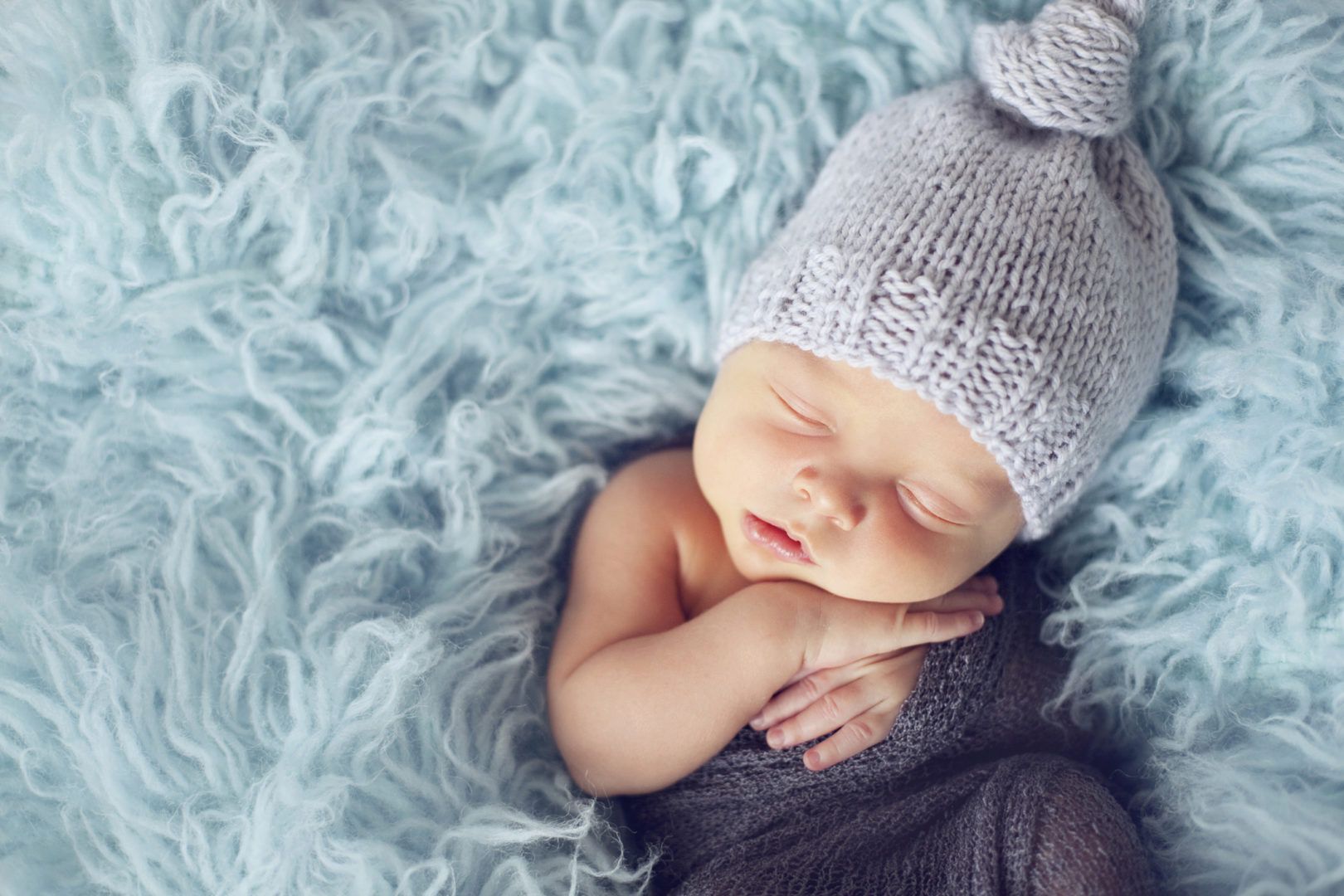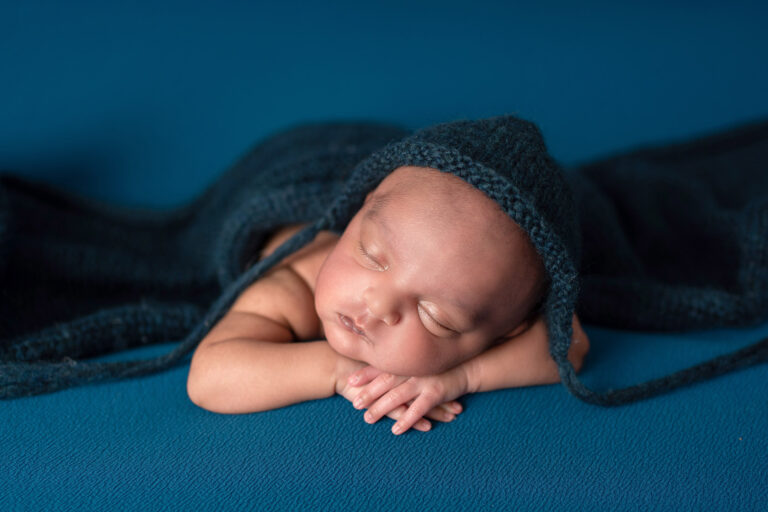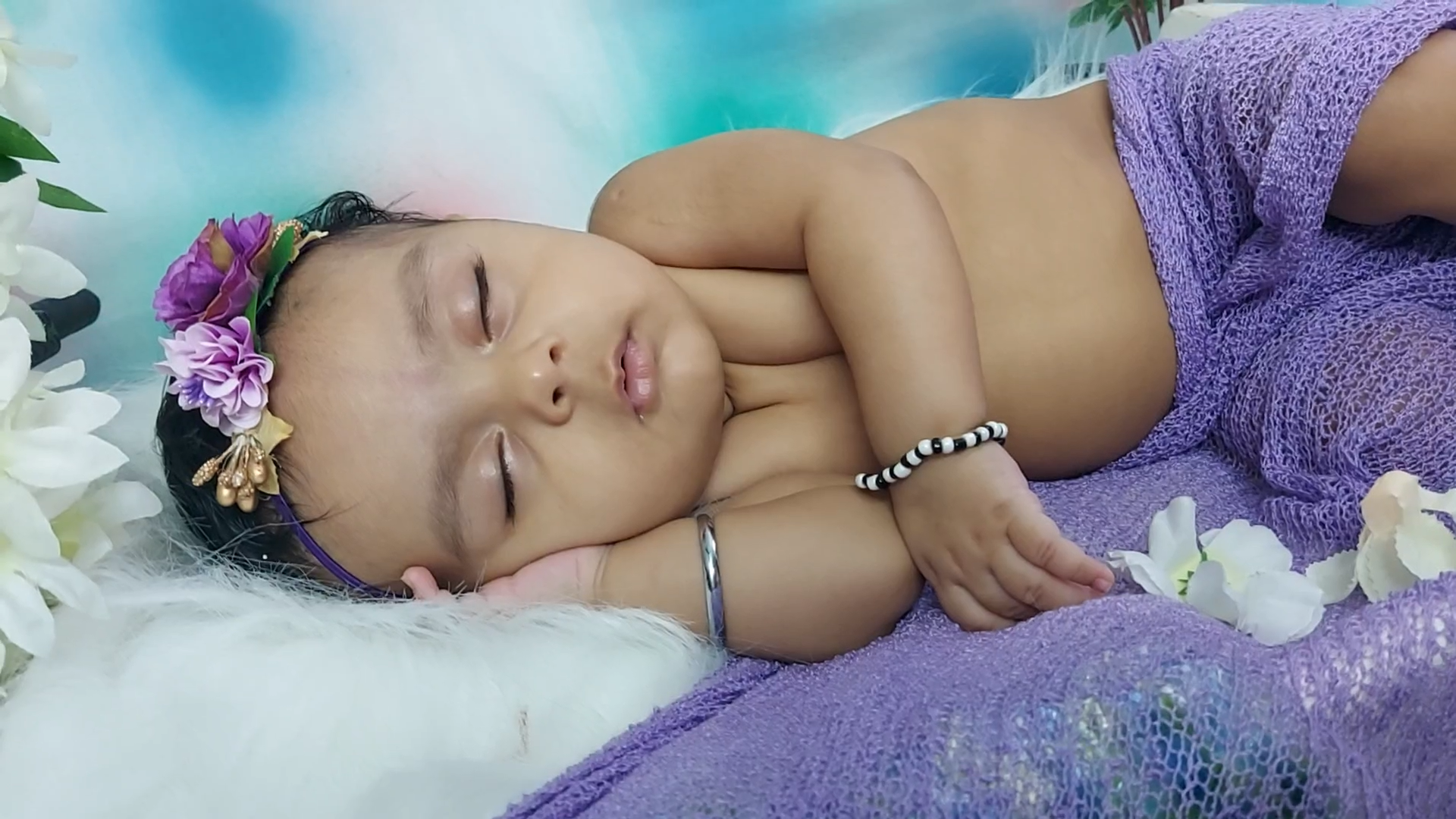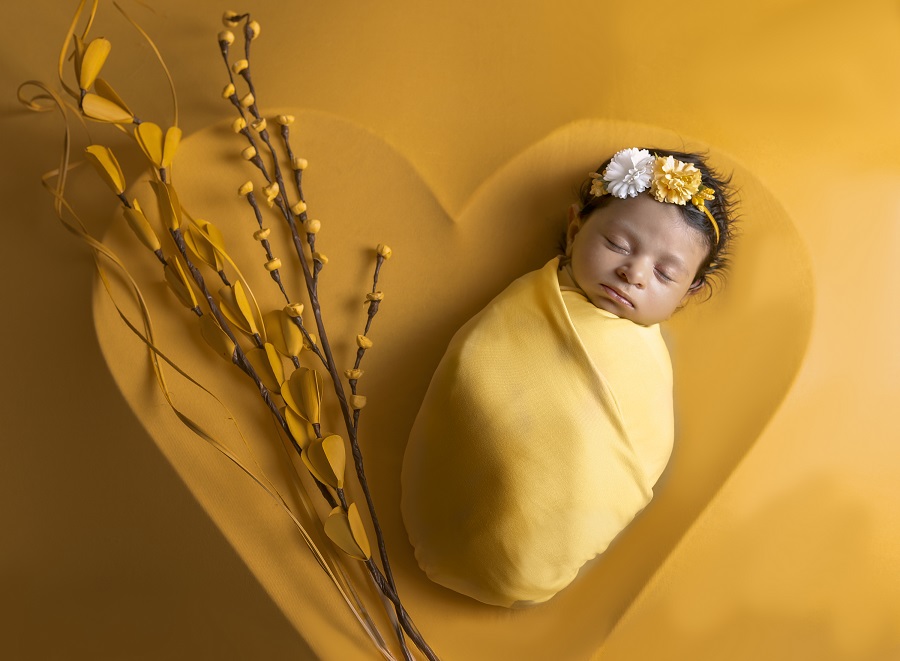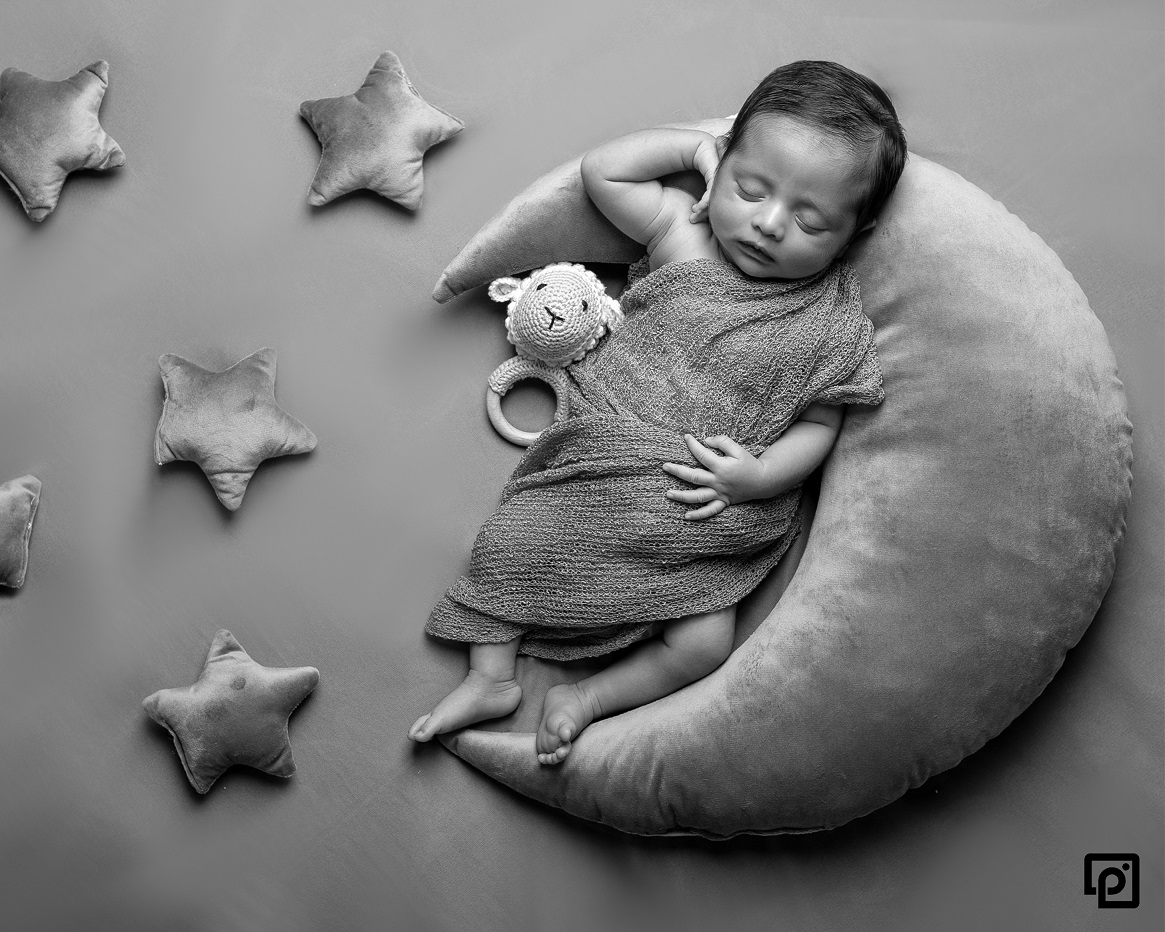Photography is an art form that has been around for over a century, and it continues to be popular today. Advances in technology have made photography more accessible, and more people are taking up photography as a hobby or a profession. In this blog post, we'll cover everything you need to know about photography, from the basics to the advanced techniques, to help you improve your skills and take stunning photographs.
Understand the camera
Before you can take great photographs, you need to understand how your camera works. There are many different types of cameras, but they all have the same basic parts, including the lens, shutter, aperture, and sensor.
The lens is one of the most important parts of the camera, as it determines how much light enters the camera and how the image will look. The aperture is the opening in the lens that allows light to enter the camera. The shutter is the mechanism that opens and closes to allow light to reach the sensor, which captures the image.
Understanding these components is crucial in getting the best possible photographs. Different lenses can produce different effects on the image, such as a shallow depth of field, which blurs the background, or a wide-angle lens, which captures more of the scene.
Exposure triangle
One of the most fundamental concepts in photography is the exposure triangle, which consists of three elements: aperture, shutter speed, and ISO. These three elements work together to determine the exposure of your photograph.
Aperture controls the depth of field, which is how much of the photograph is in focus. Shutter speed controls how long the shutter is open, which affects the amount of light that reaches the sensor. ISO determines the sensitivity of the sensor to light.
The exposure triangle is all about balance, and finding the right balance between these three elements is essential in getting the perfect shot. For example, if you want to capture a fast-moving subject, you will need a high shutter speed to freeze the motion. However, this will result in a lower aperture, which means less depth of field. To compensate for this, you may need to increase the ISO to make the sensor more sensitive to light.
Composition
Composition is the way you arrange the elements of your photograph. It is the art of creating a visually appealing image that draws the viewer's attention to the subject. There are many techniques that you can use to create a compelling composition, such as the rule of thirds, leading lines, symmetry, and framing.
The rule of thirds is a simple but effective technique that involves dividing the image into thirds both horizontally and vertically, resulting in nine equal parts. The main subject should be placed at one of the intersection points, which creates a more dynamic and visually interesting composition.
Leading lines are lines that draw the viewer's eye towards the subject, such as roads, fences, or even a person's gaze. Symmetry is the use of balance and symmetry in the composition, which can create a sense of harmony and stability. Framing is the use of elements in the foreground to frame the subject and create a sense of depth.
Post-Processing
Post-processing is the process of editing your photographs after they have been taken. With the advancements in digital technology, post-processing has become an essential part of photography. It allows you to enhance your photographs, correct any mistakes, and create a specific look or style.
There are many software programs available for post-processing, such as Adobe Photoshop and Lightroom, which are popular among photographers. Basic post-processing techniques include adjusting exposure, contrast, and saturation, cropping, and removing blemishes or distractions. Advanced techniques include HDR (High Dynamic Range), compositing, and image manipulation.
Practice and Experimentation
Photography is a skill that requires practice and experimentation. The more you practice, the better you will become, and the more you experiment, the more you will learn about your camera and the art of photography. There are many ways to practice and improve your skills, such as taking online courses, attending workshops, and joining photography groups or clubs.
Experimentation is also key to developing your own style and creativity. Try different techniques, compositions, and lighting setups. Don't be afraid to make mistakes, as they can often lead to new discoveries and ideas.
Photography is a beautiful art form that requires patience, skill, and creativity. Understanding the basics of your camera and the principles of photography, such as the exposure triangle, composition, lighting, and post-processing, is crucial in getting great photographs. Practice and experimentation are also essential in improving your skills and developing your own style. With time and dedication, anyone can become a great photographer and capture memories that will last a lifetime.



